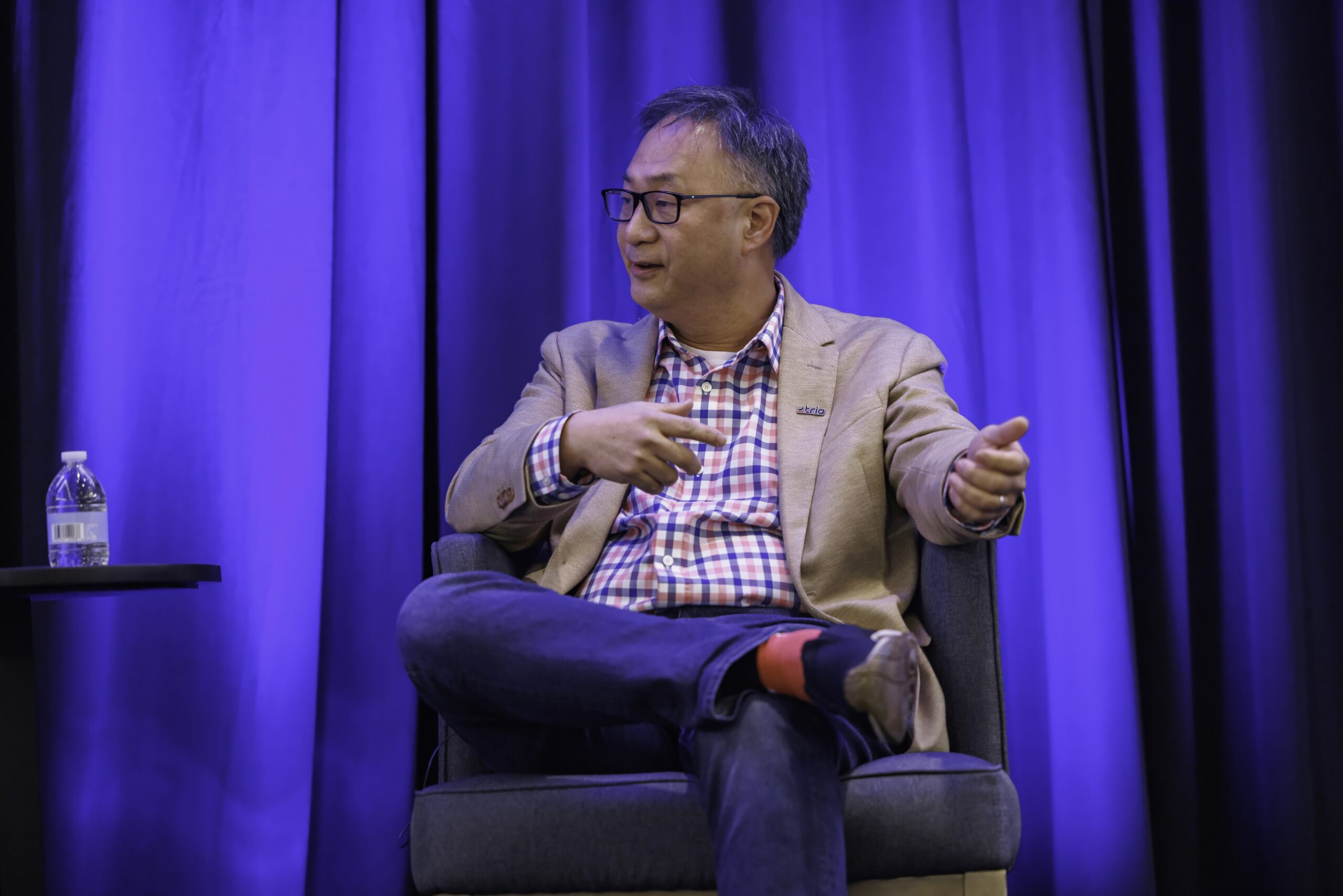Speaking to an audience of industry leaders in December, Tria Federal CTO John Cho reminded attendees of how we’ve imagined artificial intelligence (AI) in pop culture over the last 100 years, calling out depictions of AI bridging the gap between technology and humanity in movies such as “Metropolis” (1927) and “2001: A Space Odyssey” (1968).
“Our imaginations were captured by the idea of this thing answering in a very humanlike form,” he said during a panel discussion on applied AI at the Potomac Officers Club’s 2024 Healthcare Summit.
Cho and fellow technologists from the Department of Veterans Affairs (VA) and Red Hat explored the potential for generative AI to transform how government agencies work. The launch of ChatGPT in November 2022 brought generative AI into the public sphere for the first time, lowering barriers for innovation and participation.
“I think [ChatGPT] has a lot to do with how we [want to] see AI now; how we see it accessible,” Cho said. “A lot of the probabilistic and deterministic AI was basically use-case driven. Generative AI has opened the minds of society saying, ‘Maybe we can [use] this.’”
Cho said generative AI has the potential to be an effective tool for boosting efficiency within the federal government. He pointed to agencies like the Food and Drug Administration (FDA) and the Centers for Disease Control and Prevention (CDC), which are researching the use of large language models (LLMs) to process massive amounts of structured and unstructured data, and to correlate, aggregate and summarize their research.
Cho noted that at the 2024 Scientific Computing and Digital Transformation Symposium, the FDA shared it was researching how Generative Adversarial Networks (GANs) were being used to assess drug quality.
“Instead of taking a lot of high-res pictures of micrographs, they’re taking low-res pictures of micrographs. And they’re trying to use a GAN to fill in the blanks,” he said. “It certainly will accelerate the process of drug evaluations [if effective].”
Additionally, the CDC is building machine learning models that will help the agency understand how outbreaks start.
At VA, strengthening data analysis among the veteran population could help prevent veteran suicide and enable value-based care, he said.
However, Cho was careful to highlight the limitations of generative AI. Bias in large data sets – and a lack of consensus around how to address it – remains a significant hurdle. Cho suggested a possible solution: using time-series data to provide context to the information.
“That gives you a lot more [context] into what exactly am I looking at in relation to that data,” he said. “Obviously, this is not anything new, but graph databases are going to play a prominent role [in tackling the problem of bias].”
In discussing cutting-edge applications in general healthcare, Cho touched on the concept of digital twins – virtual models of physiological systems that could revolutionize clinical analysis and drug development.
In light of all the promising uses for emerging technologies, Cho is optimistic about their potential.
“We do have to ask ourselves some real basic questions about what is it that we’re trying to achieve,” Cho said. “Are we just trying to increase efficiency and automation and trying to augment what we do, or should we be asking a broader question like: ‘What is something else I can do [that I couldn’t do before]?’”
John Cho is Tria’s Chief Technology Officer, and the head of Tria Labs.
